An Experiment
When mixing small batches of paint for hand brushing, I need that paint to stay "open" and workable for a decent interval. Heat from my desk lamps further decreases the paint's workable time. In the past, I've used Windsor & Newton Blending Medium for water colors to gain extra time before the paint batch forms a skin and clots. I preferred WN to water or additional thinner because water and thinner cause the pigment to precipitate out too quickly, and WN levels the paint.
Last week I received a bottle of Tamiya's Paint Retarder additive for acrylic paints, so I thought I'd do a comparison. Using a circle template and airbrushing the hubs would be a more precise way to paint the wheel hub assembly, but I wanted to try the Tamiya Retarder.
I mixed a small batch of tire black that suits my eye; (5 to 1 ratio of Tamiya rubber black, [XF-85] to Tamiya red brown, [XF-64], with two drops of the respective retarder), and hand painted two sets of 1/72 A6M2 tires. As expected, I found that the WN mix showed better leveling characteristics once dry (#1). But, the WN mix rather quickly began to clot and ball up on the tire, (#2). On the other hand, the Tamiya Retarder batch remained workable for much longer, though it didn't level well at all, (#3 and#4). So, for now I will stick with the WN retarder.
Certainly, this little experiment is amateurish at best. Not being a chemist, I am sure there are all kinds of pigment and binder and other chemical forces at work that I do not understand. Tamiya and WN may well have the same components, and it was something else that caused this result. Perhaps different ratios would give different results. I'm hopeful some among you have a better grasp on these matters and also perhaps will share unique practices you've developed.
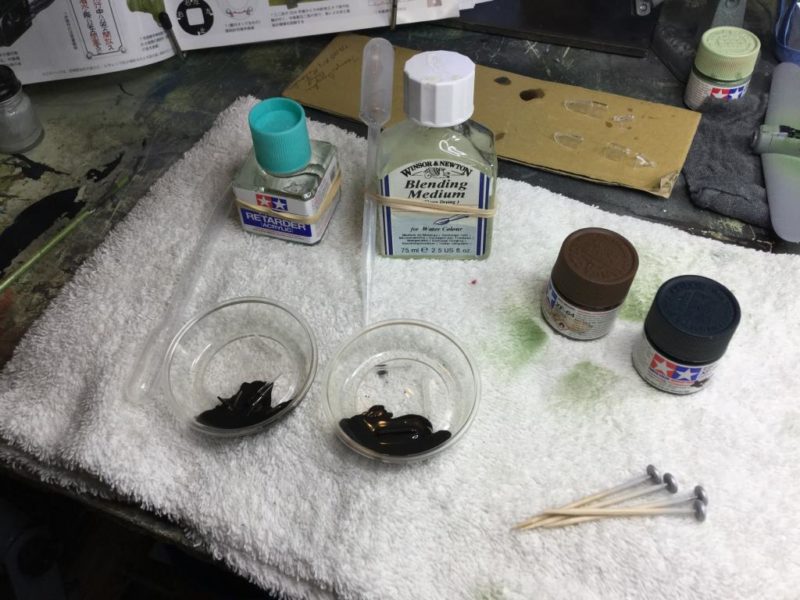

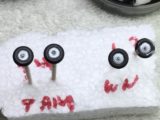
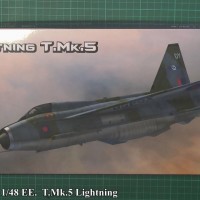

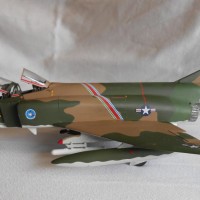
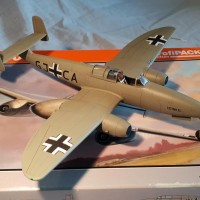
Never heard of Tamiya's "retarder", but from what I can see from the photos, the one on the left appears that it would be easier to 'repair' than the one with the paint missing in places.
Personally, I use a template with varying sizes of circular openings to achieve pretty much the same result(s) for painting tires and/or hubs.
Thanks for this. All experiments either benefit or warn others
Interesting experiment. Certainly I've found that Tamiya acrylics thicken up quite quickly, but, I almost invariably use their thinner as well which slows things down a bit. I've never tried their retarder or the W and N product.
Why not just use an Enamel paint like humbrol matt black with a tihite to make a very dark grey,enamel will stay workable for as long as you need.
N
Sorry that's supposed to say "matt black with a tiny amount of white to make ..."
N.
I tend to paint with whatever I have on the work bench at the time, if I can find it. I much prefer enamels too for tyres though.